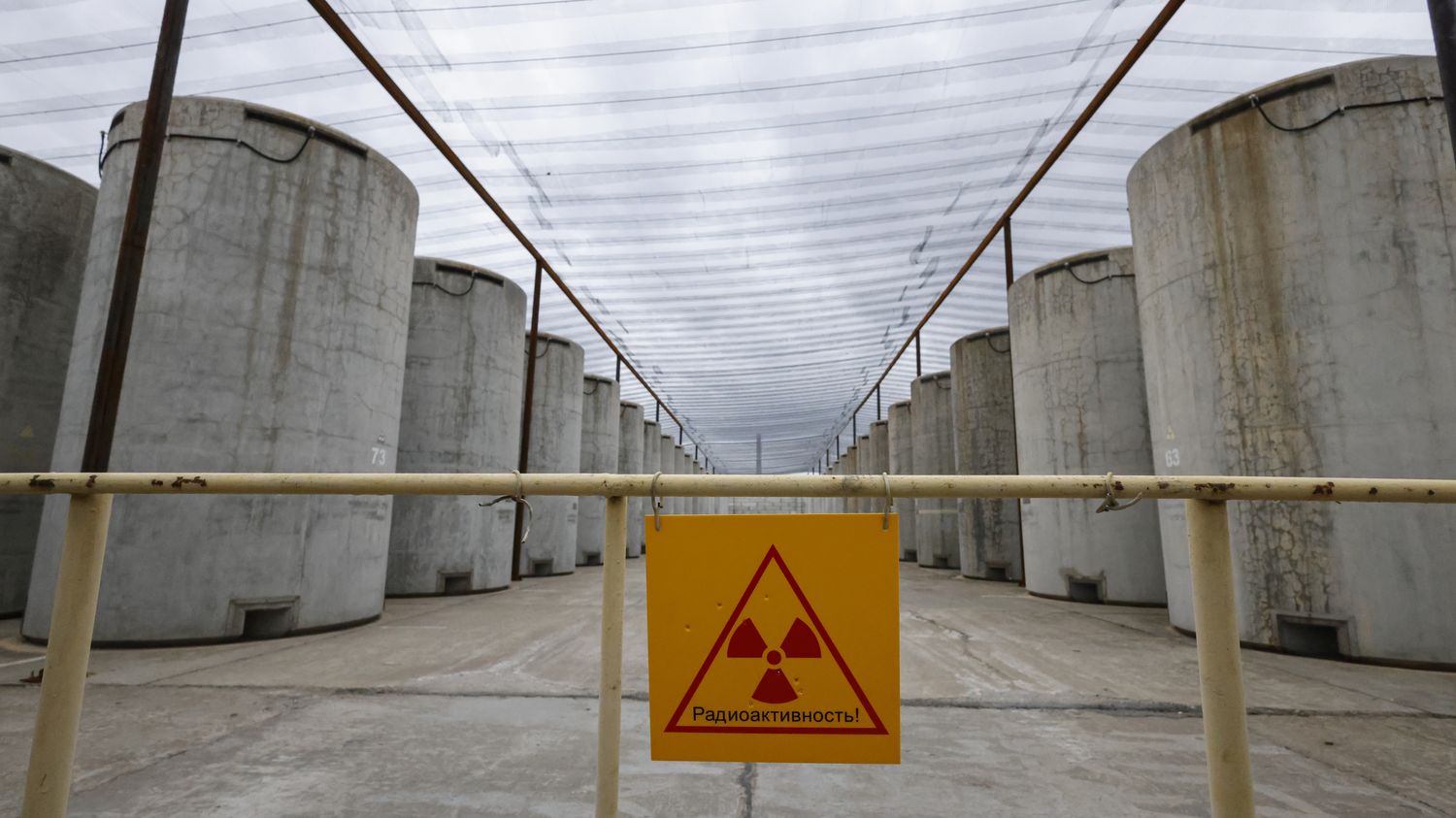The International Atomic Energy Agency (IAEA) warned on Saturday that the situation around the Zaporizhia nuclear power plant in Ukraine had become “potentially dangerous”. Residents of nearby areas began to be evacuated.
“Radioactive leaks are absolutely unlikely”reassured Monday May 8 on franceinfo Emmanuelle Galichet, teacher-researcher in nuclear physics for the National Conservatory of Arts and Crafts (CNAM) while the International Atomic Energy Agency (IAEA) alerted Saturday to the risk of A “serious nuclear accident” at the Zaporizhia plant in Ukraine, occupied by Russian forces. The head of the Agency, Rafael Grossi, believes that the situation “in the area near the Zaporizhia nuclear power plant is becoming increasingly unpredictable and potentially dangerous”. This plant, the largest in Europe, has been targeted several times by gunfire since the start of the conflict, raising fears of a disaster. And shelling was still audible Friday night, according to the IAEA. 1,500 civilians from the region have already been evacuated for the Russians. The nuclear power plant is now shut down, but the reactor cores must be cooled: “The biggest risk is that the only outside power line that is still in operation is damaged”explains Emmanuelle Galichet.
>> War in Ukraine – Follow our live
franceinfo: Why this sudden renewed concern around the Zaporijjia nuclear power plant?
Emmanuelle Galichet: The IAEA is worried about the fact that the civilians are leaving and therefore it could give the military more freedom in the end, to fight around the plant, or even perhaps in the plant. It is absolutely impossible and that is why they are still ringing the alarm bells.
Are the reactors shut down?
The six reactors are shut down. The last ones were put into cold shutdown. Which means that you can enter the enclosure, where there is the heart of the reactor. You are no longer in normal operation at all and therefore the risks of a nuclear accident are very very low since there is no longer any chain reaction and therefore there is no longer any electricity production.
The concern is that the employees of the plant will be evacuated?
Even if, in fact, you are no longer producing electricity, you must continue to monitor the plant, because there is still the core, the fuel and therefore residual radioactivity. You always need electricity and water to continue cooling, even if the heat is much less important. You are in almost normal conditions of temperature and pressure in the reactor core, but you have to keep cooling. Monitoring is important.
What is the main risk?
The biggest risk is that the only external power line that is still in operation – there is now only one of the four – is damaged as well. At that point, you have to go back to the diesels to make electricity inside the reactor core. This is what had already happened this summer. This is the biggest risk. Radioactive leaks are absolutely unlikely. The reactor cores are protected by domes, containment enclosures more than one meter thick in reinforced concrete. They must withstand very high impact missile fire.
